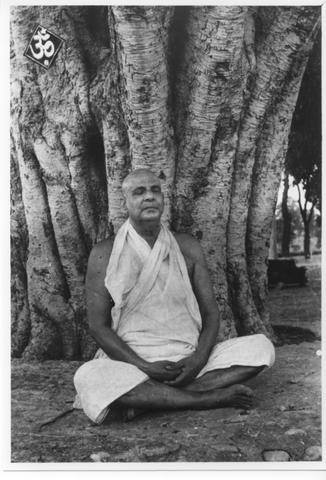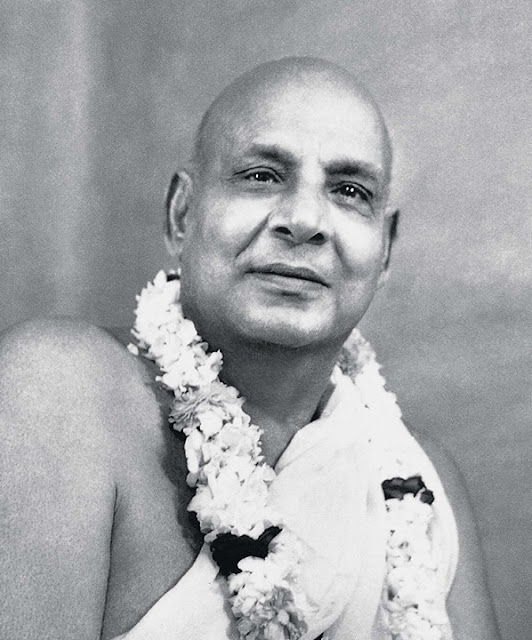Authentic Religion-2.

Part-2. "Ye yathaa mam prapadyante taamstathaiva bhajaamyaham" - In whatsoever way men approach Me, even so do I go to them. (Bhagavad-Gita Chp. 4-11) This is the motive or maxim par excellence for people of all religions to adopt in their approach to the so-called different religions of this world. Religions are apparently different, but they are essentially one. There is a non-difference in religions in that they all exist with one objective to fulfill, with one great process or one great spiritual purpose. And that great purpose is religare - once again to bind yourself back unto the supreme Cosmic Source of your being. You were bound unto the Supreme in the beginning. But there now seems to have been a loosening of that bond, not bondage but a bond, which is a desirable thing, a necessary thing, an indispensable thing. That bond has been loosened, so a connection has been broken, as it were. There is never any loosening of the bond or breaking o


















